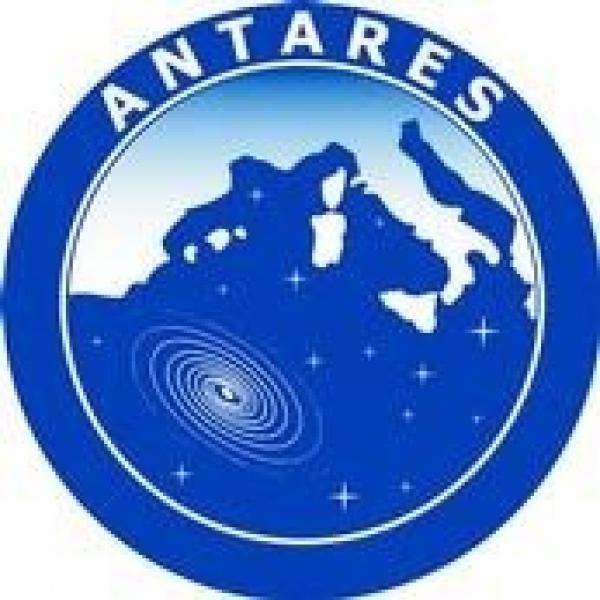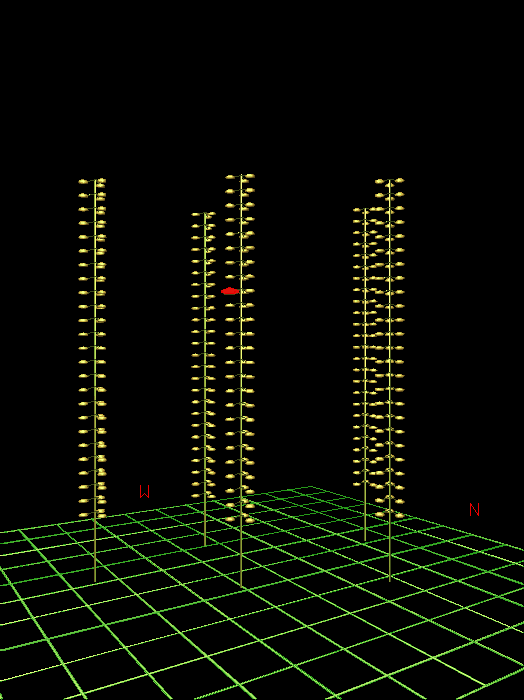Overview
Most of our current knowledge of the Universe comes from the observation of photons.
Photons have many advantages as cosmic information carriers: they are copiously produced, they are stable and electrically neutral, they are easy to detect over a wide energy range, and their spectrum carries detailed information about the chemical and physical properties of the source.
Their disadvantage is that the hot, dense regions which form the central engines of stars, active galactic nuclei and other astrophysical energy sources are completely opaque to photons, and therefore we cannot investigate the properties of these regions by direct observation, but only by indirect inference. For example, the photons we observe from the Sun come from its photosphere, far removed from the hydrogen-fusing core. Moreover, high energy photons interact with photons of the infrared radiation background and with the cosmic microwave background to create electron-positron pairs. This effect suppresses any possibility of surveying the sky over distances greater than 100Mpc with high energy (>10 TeV) gamma rays.
In order to observe the inner workings of the astrophysical objects and to obtain a description of the Universe over a larger range of energies, we need a probe which is electrically neutral, so that its trajectory will not be affected by magnetic fields, stable so that it will reach us from distant sources, and weakly interacting so that it will penetrate regions which are opaque to photons. The only candidate currently known to exist is the neutrino.
Astrophysical sources of high-energy neutrinos have not been observed directly, but their existence can be inferred from the properties of cosmic rays.
Primary cosmic rays are protons, with some admixture of heavier nuclei; the energy spectrum is a power law which extends to extremely high energies. Protons themselves have limited use as astrophysical information carriers because they are charged, and therefore subject to deflection by cosmic magnetic fields: only the very highest-energy cosmic rays are likely to retain any memory of the source direction. The exact source of the high-energy cosmic rays is thus unknown, although supernova remnants and active galactic nuclei have been proposed. Whatever the source, it is clear that accelerating protons to such high energies is likely to generate a large associated flux of photo-produced pions, which decay to yield gamma rays and neutrinos. These will remember the source direction, and so the existence of a general flux of very high energy cosmic-ray protons implies the existence of sources of high-energy neutrinos.
Neutrino astronomy thus offers the possibility of observing sources which correspond to the central engines of the most energetic astrophysical phenomena. It can also explore useful regions of supersymmetric parameter space in the context of dark matter. The drawback, of course, is that the weak interactions of neutrinos imply that a very massive detector with extremely good background rejection is required to observe a measurable flux.
Objectives
Detection of the Tcherenkov light emitted by muons resulting from neutrino interactions in the Earth crust below the detector.
1. Neutrino astronomy
2. Indirect dark matters search
Observation of high energy neutrinos from distant sources would open a new window on the Universe. The first goal is to study neutrinos as a probe of acceleration mechanisms in the most energetic events of the Universe : active galactic nuclei, gamma ray bursters, microquasars... These objects could be the yet unknown origin of the cosmic rays that permanently bombard the upper layers of the atmosphere.
In some scenarios, WIMPS, candidate particle to dark matter, would accumulate at the center of massive celestial bodies like the Earth or the Sun and would produce neutrinos in their annihilation. These neutrinos could be detected by Antares.
Context
Antares covers the Southern sky, including the galactic centre, contrarily to Amanda and Icecube, installed at the South pole.
Localisation
42°50'N, 6°10'E, linked by a 40 km deep-sea electro-optical cable to La Seyne-sur-mer (near Toulon, France).
Dapnia contributions
-Contributions
The Antares Dapnia group consists of physicists, technicians and engineers essentially implied in the following topics :
- Mechanics
- A large part of the off-shore electronics :
- ARS chip,
- processor cards (DAQ),
- electro-optical conversion cards (Bidicon)
- and Ethernet concentrator.
- Data acqusition off-shore software
- Optical modules test and production (900 items)
- Site exploration and evaluation
- Integration and assembly of the detector
- Software development (general organisation and event reconstruction)
- Physics analysis
- Web communication and outreach
Contact Thierry STOLARCZYK





